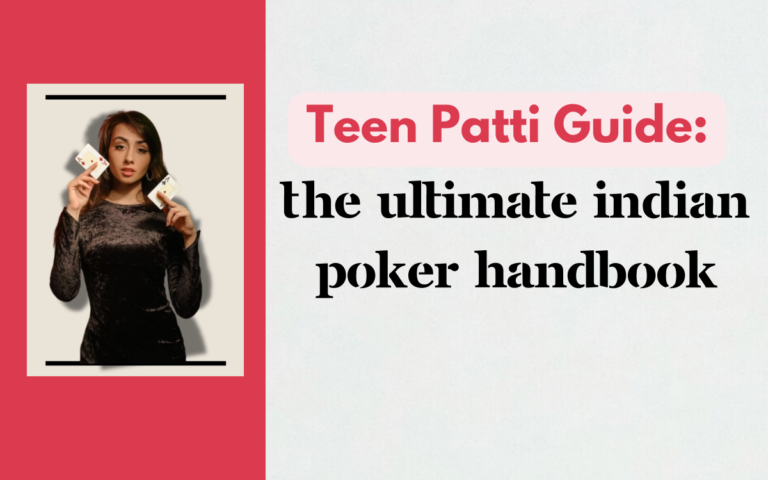Which card is the biggest in rummy?
In rummy, the Ace is considered the highest rating card. Face cards (Jack, Queen, and King) have a higher point value than other cards because they each have a value of 10. In rummy, the value of each card is determined by how it can be used to form sets and sequences, which are required to win the game.
I. Introduction
Sets and sequences are formed by combining cards in the card game rummy. It is a well-known game with numerous rule variations that is played in a variety of formats around the world.
Cards are the game’s core elements because they are used to form sets and sequences that are required to win. Effective rummy play necessitates knowledge of card values and strategies for utilizing specific cards.
II. Value of Cards in Rummy
In rummy, the value of the cards is determined by a point system. The value of each card is determined by its face value, with face cards and tens worth 10 points each, and the rest of the cards (numbered 2 through 9) worth their face value. The ace is worth one point.
Face cards (Jack, Queen, and King) are valuable because they all have a point value of ten. These cards are frequently useful for creating sets and sequences when combined with other cards.
The face value of the number cards (2-9) corresponds to their point value. They may not be as valuable as face cards in terms of points, but they are still necessary for constructing sets and sequences and can be used to generate winning combinations.
The Ace, which has a point value of one, is a versatile card that can be used to form sets and sequences in a variety of ways. It is less desirable when played alone due to its low point value, but in the right combination, it can be a profitable card.
III. Strategies for Using Different Cards
Rummy relies heavily on card combinations to form sets and sequences. Sets are made up of three or more cards of the same rank, whereas sequences are made up of three or more cards of the same suit. To win, players must construct sets and sequences.
Using high-value cards such as face cards and tens can be advantageous due to their higher point values. High-value cards, on the other hand, can become liabilities if a player does not have the right mix of cards to build sets and sequences. Although lower-value cards, such as number cards, may not be as valuable in terms of points, they can be useful for creating sets and sequences.
Seek opportunities to combine cards of the same rank or suit, keep an eye out for cards that other players have already discarded, and try to collect cards of the same rank or suit to form new sets or sequences. It’s also a good idea to keep track of which cards are still in the deck or have been played. Keeping certain cards, such as Aces, may also help you later in the game when you’re constructing sets and sequences.
IV. Object of the game
The goal of rummy is to be the first player to use up all of your cards by constructing sets and/or sequences. A sequence is three or more consecutive cards of the same suit, whereas a set is three or more consecutive cards of the same rank but different suits. At the end of the game, the player with the fewest total points wins. The face value of the remaining cards in a player’s hand is used to calculate penalty points.
V. The deck and how it’s dealt
Rummy is played with a standard 52-card deck that lacks jokers. The player shuffles the deck and passes it to the dealer just before the game begins.
Each player in a two-player game is dealt ten cards, whereas each player in a three- or four-player game is dealt seven cards. The top card is flipped face up to start the discard pile, and the remaining cards are arranged face down on the table to form the stockpile.
If a player’s initial hand does not contain a legal combination of cards to begin the game, they can request a re-deal, which involves shuffling and re-dealing the cards. In various game variations, players are allowed to draw the top card from the stock pile until they have a playable hand.
VI. Conclusion
Ultimately, in rummy, the rank and suit of a card determine its value, with higher value cards such as face cards and Aces being more desirable. Combining cards into sets and sequences is the key to winning the game, and players must use various cards wisely to create the best possible combinations.
If you want to win at rummy, you must use your cards wisely. Players must weigh the advantages and disadvantages of different cards, as well as the point values, the possibility of forming sets and sequences, and the point values. Rummy players can increase their chances of winning by creating powerful combinations and adapting to changing conditions.
To experience the best and trusted rummy game with traditional rule, Click here







